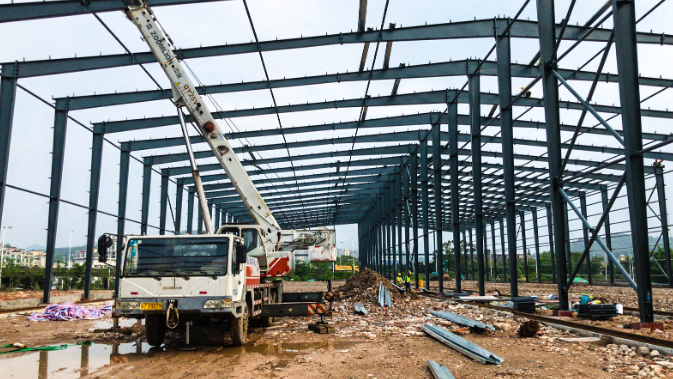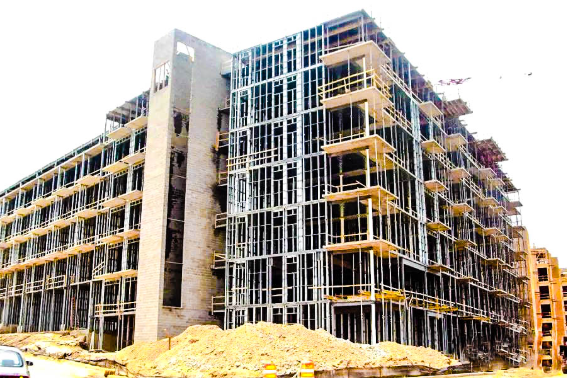Application Examples of Steel Structure Industrial Plants

Seismic Protection for Mechanical & Electrical Systems in Steel Structure Industrial Plants
Industrial plants typically contain extensive utility pipelines for production processes, including water supply/drainage, fire protection systems, steam pipelines, hot water pipelines, and gas pipelines. The mechanical and electrical (M&E) pipeline networks in steel structure industrial plants exhibit high complexity.
The design and installation of seismic supports in such plants present significant challenges, particularly in anchoring to steel structures. Solutions include:
Cross-disciplinary seismic support designs based on computational analysis and site-specific structural features
Single-system M&E pipeline seismic supports
Anchoring to steel structures using beam clamps securing channel steel
In compliance with Code for Seismic Design of Mechanical and Electrical Engineering in Buildings (GB50981-2104), seismic support spacing requirements vary by pipeline type:
Rigid pipelines (water supply, hot water, fire protection):
Lateral spacing: ≤12.0 m
Longitudinal spacing: ≤24.0 m
Flexible pipelines (metal/non-metal/composite materials):
Lateral spacing: ≤6.0 m
Longitudinal spacing: ≤12.0 m
Material Requirements:
For buildings ≤8 seismic intensity zones: Follow GB 50015 Code for Design of Building Water Supply and Drainage
High-rise buildings and 9-intensity zones: Use high-strength ductile materials (copper, stainless steel, metal-composite pipes) with fittings or welded connections
Cable Tray Specifications:
Rigid cable trays:
Lateral spacing: ≤12.0 m
Longitudinal spacing: ≤24.0 m
Permissible longitudinal offsets between supports:
Conduits: ≤1/16 of lateral spacing
Cable trays/ducts: ≤2× tray width

Cable Tray Selection Guidelines:
| Environment | Recommended Type |
|---|---|
| Standard | Tray-type, channel-type, ladder-type |
| Corrosive | FRP anti-corrosion trays |
| Outdoor/Dusty | Covered steel trays |
Industry Trends:
With the growing adoption of steel structure plants, significant advancements have been made in:
Fabrication technologies
Transportation optimization
Installation methodologies
Aligned with sustainable development goals, the industry continues to promote energy-efficient steel structure solutions, collaborating with stakeholders to build eco-friendly industrial infrastructure.
Key Implementation Strategies:
BIM-assisted clash detection for M&E layouts
Modular prefabrication of seismic support assemblies
Real-time monitoring during vibration-sensitive operations
Post-installation dynamic characteristic verification



